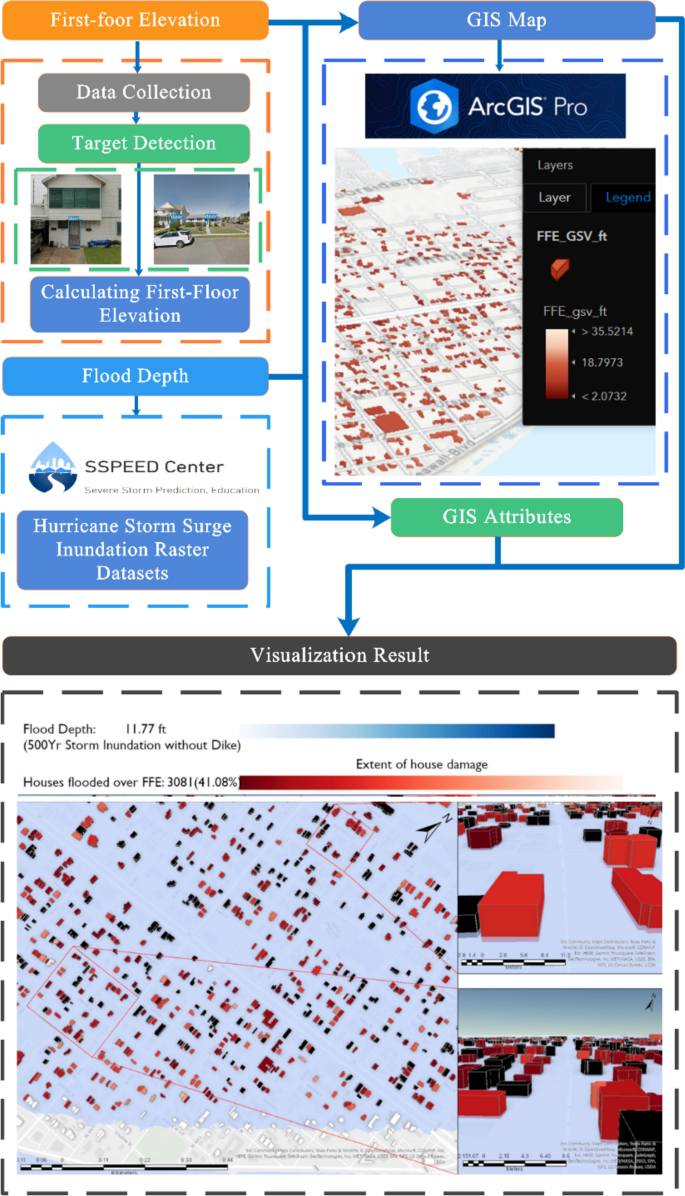2024-06-10 テキサス A&M大学
<関連情報>
- https://today.tamu.edu/2024/06/10/tracks-texas-daily-reservoir-evaporation-rates/
- https://agupubs.onlinelibrary.wiley.com/doi/10.1029/2023WR036181
汎用的な日次湖水蒸発モデルの開発とテキサス州での適用実証 Developing a General Daily Lake Evaporation Model and Demonstrating Its Application in the State of Texas
Bingjie Zhao, Justin Huntington, Christopher Pearson, Gang Zhao, Thomas Ott, John Zhu, Andrew Weinberg, Kathleen D. Holman, Shuai Zhang, Ron Anderson, Maxwell Strickler, Jerry Cotter …
Water Resources Research Published: 11 March 2024
DOI:https://doi.org/10.1029/2023WR036181

Abstract
Open water evaporation, which often consumes a large fraction of annual storage (especially in arid and semi-arid regions), is a controlling variable for modern water resource management. Developing a daily reservoir evaporation data set is necessary for reservoir operations to consider the influence of evaporation in a timely manner. However, over the past few decades, the quantification of reservoir evaporation has primarily relied on monthly Class A pan evaporation observations, which might lead to largely biased estimations because they do not incorporate the effects of heat storage and fetch. In this study, we developed a general Daily Lake Evaporation Model (DLEM) based on Penman’s equation combined with daily atmospheric reanalysis data sets, to improve the validity and frequency of reservoir evaporation monitoring. Compared with daily evaporation estimates from eddy covariance systems, the DLEM showed good quality and reliability, with R2 values ranging from 0.50 to 0.73 and RMSE values ranging from 1.13 to 1.97 mm day−1 in four different sites. By applying DLEM to all 188 major reservoirs in Texas, we generated a long-term data set of (1 January 1981–31 December 2021) daily evaporation rates. The results reveal a clear geographic distribution and strong seasonality of evaporation throughout Texas, where the mean evaporation rate is highest during July, with 6.85 mm day−1. Trend analysis indicates that the annual average evaporation rate has significantly increased since 1981 at a rate of 0.076 mm day−1 decade−1. This study provides sufficient data support for water resource operations and management, and regional water planning.
Key Points
- A general Daily Lake Evaporation Model (DLEM) is developed on modified-Penman evaporation and compared with in situ eddy covariance measurements
- A first long-term (40+ years) regional scale daily reservoir evaporation data set is generated for 188 major reservoirs in Texas (US)
- While shortwave radiation affects the long-term spatial distribution and trends, high wind speed is likely to cause daily extremes



